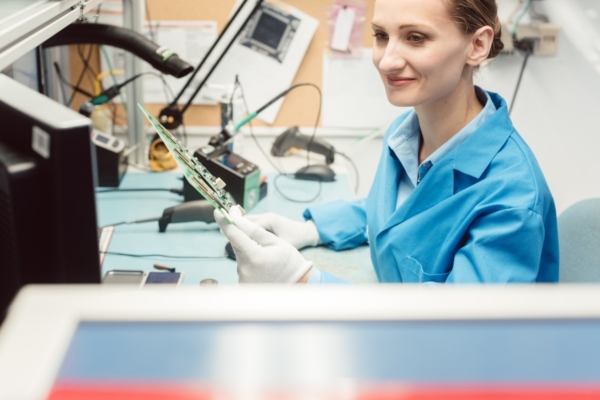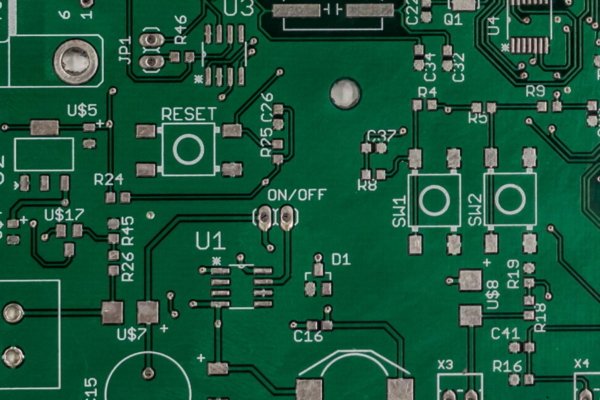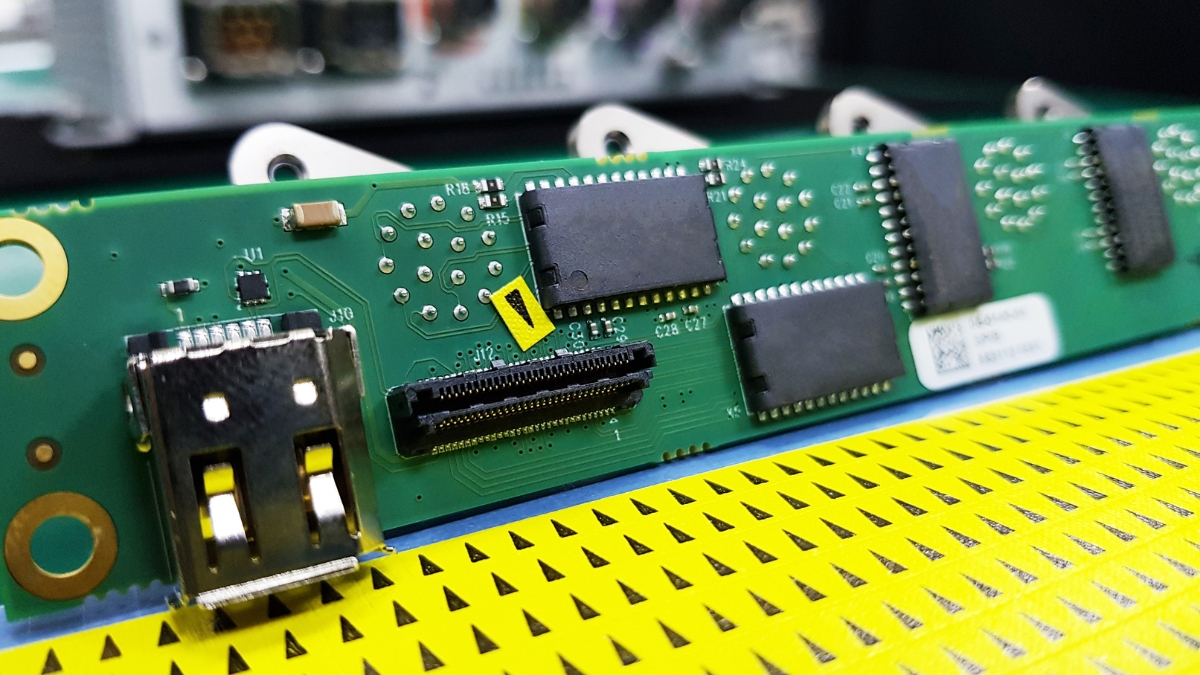What is Active Component
An active component is an essential electronic component that can supply electric power to a circuit or power gain in the circuit. It requires an external source of energy, typically in the form of direct current, to perform its specific function. Active components are responsible for the flow of electric current in a circuit and can manipulate the flow of electricity in some way. They are typically made from semiconductor devices, such as diodes, transistors, and integrated circuits.
Active components are susceptible to failure due to high temperature, excess current, ionizing radiation, mechanical shock, and stress. They are also vulnerable to defects caused by product packaging. They can amplify an electrical signal more than they can demodulate it. In contrast, passive components, such as resistors, capacitors, and inductors, cannot regulate the flow of current and do not require an external energy source to function.
Active components are multi-port components, typically involving power, ground, and I/Os. They can also be linear or nonlinear, depending on how they respond to an input signal on an I/O and/or power. The most common active component is the transistor, which is the building block of all modern integrated circuits. They require accurate PCB layout and manufacturability guidelines for successful operation. The industry has segments based on end-users, such as information technology, aerospace and defense, automotive, and healthcare. However, consumer electronic components will likely hold the largest share over the forecast period, driven by the increasing adoption of mobile devices and low labor costs in manufacturing.
Frequently Asked Questions
Is PCB Active or Passive Components
Most of the components found in modern electronics and PCBs are passive, such as resistors, capacitors, and inductors. Passive components are commonly used for filtering, level shifting, current limiting, termination, and decoupling.
How Do You Know if a Component Is Active or Passive
To differentiate between active and passive components, it is important to note that active components have the ability to inject power into a circuit and control the flow of electrical current, while passive components do not possess this capability. Additionally, passive components are limited to either storing or consuming energy, unlike active components.
What Are the 5 Types of Active Components
The 5 types of ACTIVE COMPONENTS include Diodes, Integrated Circuits, MOSFETs, JFETs, and Transistors. Optoelectronics and Oscillators can also be considered as active components.
Are LEDs Active or Passive
LEDs are considered passive components because they do not have the ability to provide power gain, unlike active components. Passive components like ordinary diodes and Zener diodes also lack this ability.
Are Capacitors Active or Passive
Capacitors are classified as passive components due to their ability to store energy in the form of an electric field. Instead of providing energy directly, capacitors have a limited and temporary capacity to manage energy by storing it for future use.
What Is Key Difference Between Active and Passive Components in a Circuit
Active components in a circuit are responsible for generating or supplying energy in the form of voltage or current. On the other hand, passive components store or consume energy in the form of voltage or current.
Why Transistor Is an Active Element
In essence, a transistor is considered an active element because it is a circuit component that can regulate the flow of electron current (electricity controlling electricity). It is important to note that being an active element does not imply that it only generates energy. All active components have the ability to manage the movement of electrons within them.
Why Is a Diode an Active Component
The negative differential resistance exhibited by diodes is the reason why they are considered active components. This property allows diodes to function as active electrical components, making them an essential part of electronic circuits. Therefore, diodes with negative differential resistance are classified as active electrical components.





